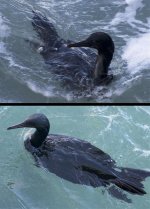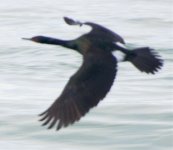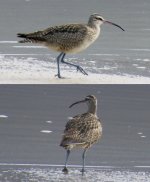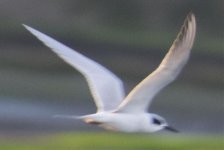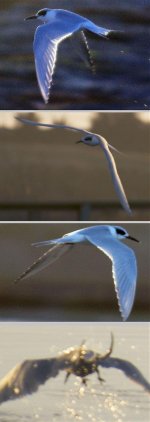Sasquatch Fingers
International Man of Leisure
1. Brandt's Cormorant?
2. Pelagic Cormorant? Seems early for the breeding plumage.
3. Pretty sure it's a Whimbrel but it looked a lot like the Bristle-Thighed Curlew when I was looking in the book. I eliminated the BTC on range though, so this is just a courtesy confirmation.
4. This tern may be the same one in the next series.
5. Tern, obviously. Forster's? Arctic on migration?
2. Pelagic Cormorant? Seems early for the breeding plumage.
3. Pretty sure it's a Whimbrel but it looked a lot like the Bristle-Thighed Curlew when I was looking in the book. I eliminated the BTC on range though, so this is just a courtesy confirmation.
4. This tern may be the same one in the next series.
5. Tern, obviously. Forster's? Arctic on migration?




